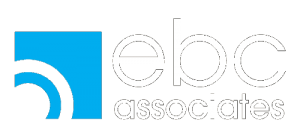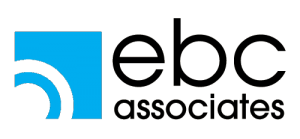The 9/80 flex schedule is an alternative work arrangement that allows employees to work a total of 80 hours over nine workdays instead of the standard 10 days within a two-week period. This typically results in employees working nine-hour days with one extra day off every other week. As more companies explore flexible work options, it’s essential to weigh the pros and cons of implementing a 9/80 schedule. In this article, we’ll delve into the advantages and disadvantages of adopting a 9/80 employee flex schedule and help you determine whether it’s the right fit for your organization.
Pros of a 9/80 Employee Flex Schedule
1. Improved Work-Life Balance
One of the most significant benefits of a 9/80 employee flex schedule is that it can promote a better work-life balance for employees. The extra day off every other week allows employees more time to tend to personal obligations, pursue hobbies, or simply rest and recharge. This can lead to higher job satisfaction, increased motivation, and improved overall well-being.
2. Enhanced Recruitment and Retention
Offering a 9/80 employee flex schedule can make your company more attractive to potential employees, giving you a competitive edge in the job market. Flexible work options are often seen as a desirable perk, and candidates may be more likely to choose your company over another that doesn’t offer such benefits. Furthermore, a 9/80 schedule can help retain top talent by keeping employees satisfied and engaged with their work.
3. Reduced Absenteeism and Tardiness
By providing employees with an extra day off every other week, a 9/80 flex schedule can help decrease absenteeism and tardiness. Employees can use their additional day off to schedule appointments, run errands, or handle personal matters, reducing the need for time off during the workweek. This can lead to a more focused and productive workforce.
4. Potential Cost Savings
Implementing a 9/80 employee flex schedule may result in cost savings for your organization. With employees working fewer days, you may see reductions in overhead costs such as utilities, office supplies, and maintenance. Additionally, by reducing the need for employees to take personal time off during the workweek, you can potentially minimize the costs associated with employee absence.
Cons of a 9/80 Employee Flex Schedule
1. Longer Workdays
The primary drawback of a 9/80 schedule is the extended workday, as employees must work nine-hour days to make up for their extra day off. This can lead to increased fatigue and decreased productivity, particularly towards the end of the workday. For some employees, working longer days may not be feasible due to family or personal commitments, making this schedule challenging for them to maintain.
2. Potential Communication and Collaboration Challenges
With employees taking their extra day off at different times, a 9/80 employee flex schedule can create communication and collaboration challenges. Teams may need to coordinate more closely to ensure that projects stay on track and deadlines are met. Additionally, the staggered schedule can create difficulties when scheduling meetings or organizing company-wide events.
3. Regulatory Compliance and Overtime Concerns
Implementing a 9/80 flex schedule requires careful attention to regulatory compliance and overtime rules. Depending on your location, labor laws may dictate specific guidelines for calculating overtime pay for employees working a 9/80 schedule. This can create administrative complexities and potential legal risks if not managed properly.
4. Not Suitable for All Industries and Positions
A 9/80 schedule may not be suitable for all industries or positions. Some businesses require a consistent workforce presence during standard business hours, making a 9/80 schedule challenging to implement. Similarly, certain roles, such as customer service, call centers, and other supporting roles.
The 9/80 Employee Flex Schedule
To learn more please reach out and connect with a consultant.


